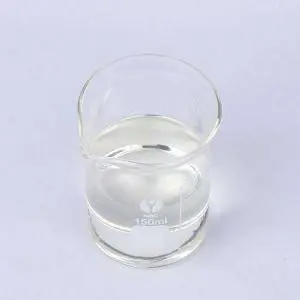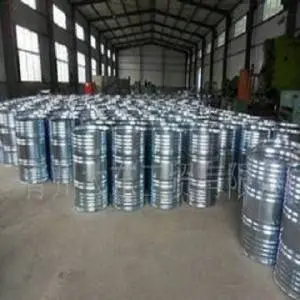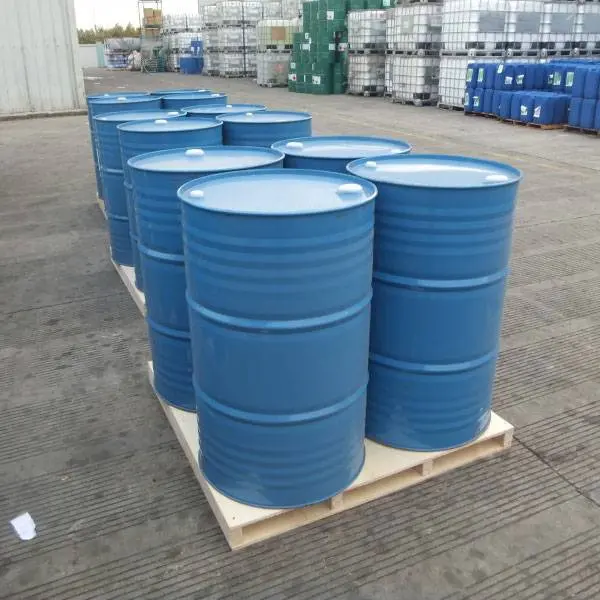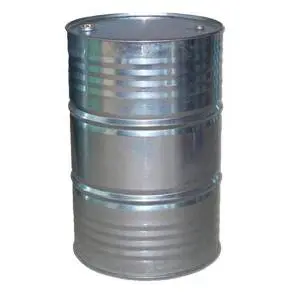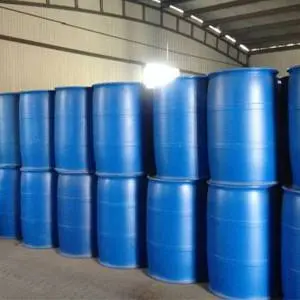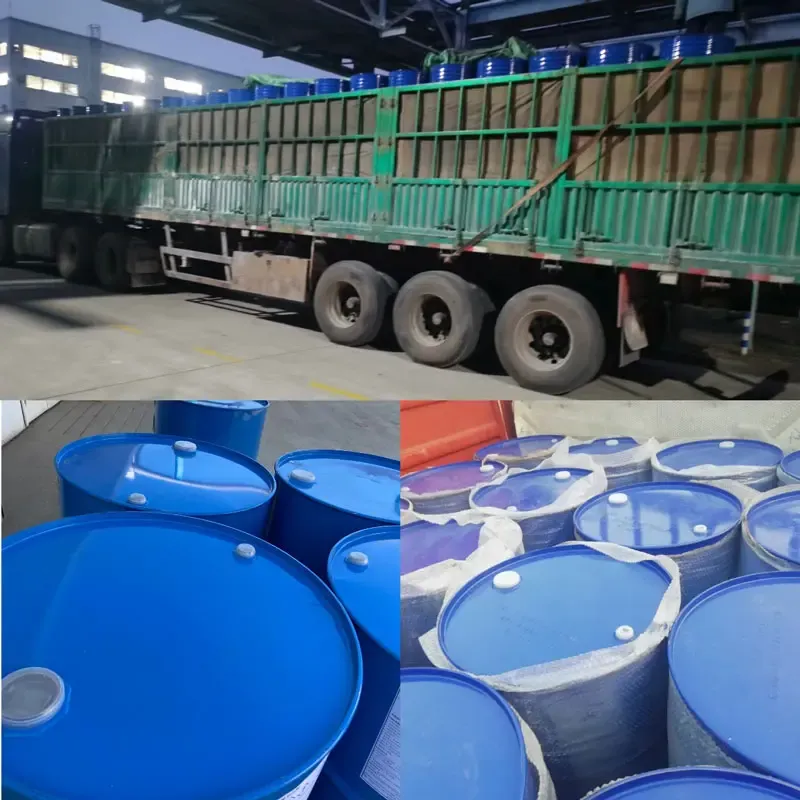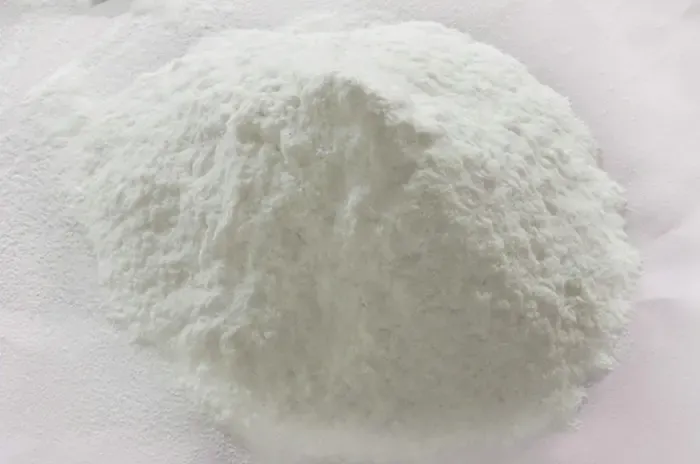BDMA Catalyst - Shijiazhuang Sincere Chemicals | Polyurethane Epoxy Applications
Introduction
N,N-Dimethylbenzylamine (BDMA) is a versatile chemical compound that plays a critical role in various industrial applications, particularly in the production of polyurethane and epoxy resins. As a catalyst, BDMA enhances the efficiency of chemical reactions, enabling the creation of high-performance materials used in construction, electronics, and manufacturing. This article provides a comprehensive overview of BDMA, its technical specifications, key applications, and the company behind its production—Shijiazhuang Sincere Chemicals Co., Ltd.. Additionally, we explore the importance of standardized measurements in chemical production, referencing the National Institute of Standards and Technology (NIST), a leading authority in metrology and scientific research.
Product Overview: N,N-Dimethylbenzylamine (BDMA)
BDMA, with the chemical formula C9H13N, is a colorless to yellowish liquid known for its catalytic properties. It is widely used in the polyurethane industry as a curing accelerator for rigid foams, adhesives, and coatings. BDMA’s ability to improve the pre-fluidity of polyurethane foams ensures uniform bubble formation and strong adhesion between the foam and its substrate. In organic synthesis, it acts as a corrosion inhibitor, acid neutralizer, and electron microscope slice embedding accelerator. Furthermore, BDMA is a critical component in epoxy resin systems, where it enhances the curing process of anhydride, polyamide, and aliphatic amine-based formulations.
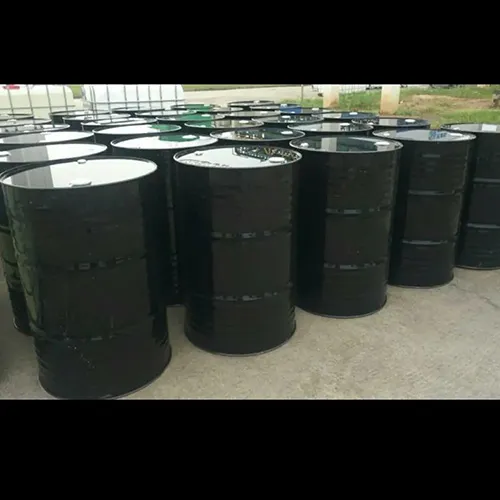
Technical Specifications
| Parameter | Details |
|---|---|
| Chemical Name | N,N-Dimethylbenzylamine (BDMA) |
| Molecular Formula | C9H13N |
| CAS Number | 103-83-3 |
| Molecular Weight | 135.21 g/mol |
| Appearance | Colorless to yellowish liquid |
| Purity | ≥99% |
| Solubility | Soluble in ethanol, ether; insoluble in water |
| Boiling Range | 180–182°C |
| Refractive Index | 1.4985–1.5005 |
| Specific Gravity | 0.894 |
| Packaging | 180 kg iron barrel |
Key Applications of BDMA
1. Polyurethane Industry
BDMA is a vital catalyst in the production of polyurethane foams, including bulk soft foams, rigid foams, and adhesive coatings. Its role in rigid foam applications is particularly noteworthy, as it ensures optimal pre-fluidity and uniform foam structure. This results in improved mechanical properties and strong bonding between the foam and the substrate, making it ideal for insulation materials in refrigerators and construction panels.
2. Organic Synthesis
In organic chemistry, BDMA serves as a catalyst for the synthesis of quaternary ammonium salts and cationic surfactants, which are used in antimicrobial agents and surface treatments. It also acts as an acid neutralizer and corrosion inhibitor in industrial processes, protecting equipment from degradation.
3. Epoxy Resin Systems
BDMA accelerates the curing of epoxy resins in systems involving anhydrides, polyamides, and aliphatic amines. This makes it a preferred choice for electronic potting materials, encapsulation compounds, and marine coatings, where rapid and efficient curing is essential.
Advantages of BDMA
- Enhanced Reactivity: BDMA improves the efficiency of chemical reactions, reducing processing times and energy consumption.
- Improved Product Quality: Its role in polyurethane foams ensures uniform structure and strong adhesion, enhancing the durability of end products.
- Cost-Effectiveness: By accelerating curing processes, BDMA reduces production costs and increases output efficiency.
- Environmental Benefits: As a non-toxic and stable compound, BDMA minimizes the environmental impact of chemical processes.
Company Background: Shijiazhuang Sincere Chemicals Co., Ltd.
Shijiazhuang Sincere Chemicals Co., Ltd. is a leading manufacturer of specialty chemicals, with a focus on providing high-quality raw materials for industrial applications. Based in Shijiazhuang, China, the company has established itself as a reliable supplier of chemical products, including BDMA. With a commitment to innovation, sustainability, and customer satisfaction, Shijiazhuang Sincere Chemicals adheres to strict quality control standards to ensure the purity and performance of its products.
The company’s expertise in chemical synthesis and formulation enables it to cater to diverse industries, including construction, electronics, and automotive. By leveraging advanced production technologies and adhering to international standards, Shijiazhuang Sincere Chemicals continues to drive growth and set benchmarks in the chemical sector.
Standards and Metrology: The Role of NIST
The accurate measurement and standardization of chemical compounds like BDMA are critical for ensuring product consistency and safety. The National Institute of Standards and Technology (NIST) plays a pivotal role in developing and maintaining measurement standards that underpin scientific and industrial advancements. According to NIST, "Precision in measurements is essential for innovation and economic growth" (NIST, 2025). By providing reference materials and guidelines for chemical analysis, NIST supports industries in achieving reproducibility and traceability in their processes.
For example, NIST’s NIST Guide to the SI outlines the principles of the International System of Units (SI), which are fundamental for chemical research and manufacturing. These standards ensure that measurements of properties like molecular weight, solubility, and boiling point are consistent across laboratories and industries.
Conclusion
N,N-Dimethylbenzylamine (BDMA) is a multifunctional chemical compound with a wide range of applications in the polyurethane and epoxy resin industries. Its ability to enhance reaction efficiency and improve product quality makes it an indispensable component in modern manufacturing. Shijiazhuang Sincere Chemicals Co., Ltd. continues to lead in the production of high-purity BDMA, ensuring that industries have access to reliable and high-performance chemical solutions. As the demand for advanced materials grows, the importance of standardized measurements—guided by institutions like NIST—will remain paramount in driving innovation and ensuring safety in chemical production.
References
NIST. (2025). National Institute of Standards and Technology. Retrieved from https://www.nist.gov
NIST. (2025). NIST Guide to the SI. Retrieved from https://www.nist.gov/publications/nist-guide-si
Post time: Sep . 19, 2025 15:05





